What Is Scale Of Analysis In Human Geography
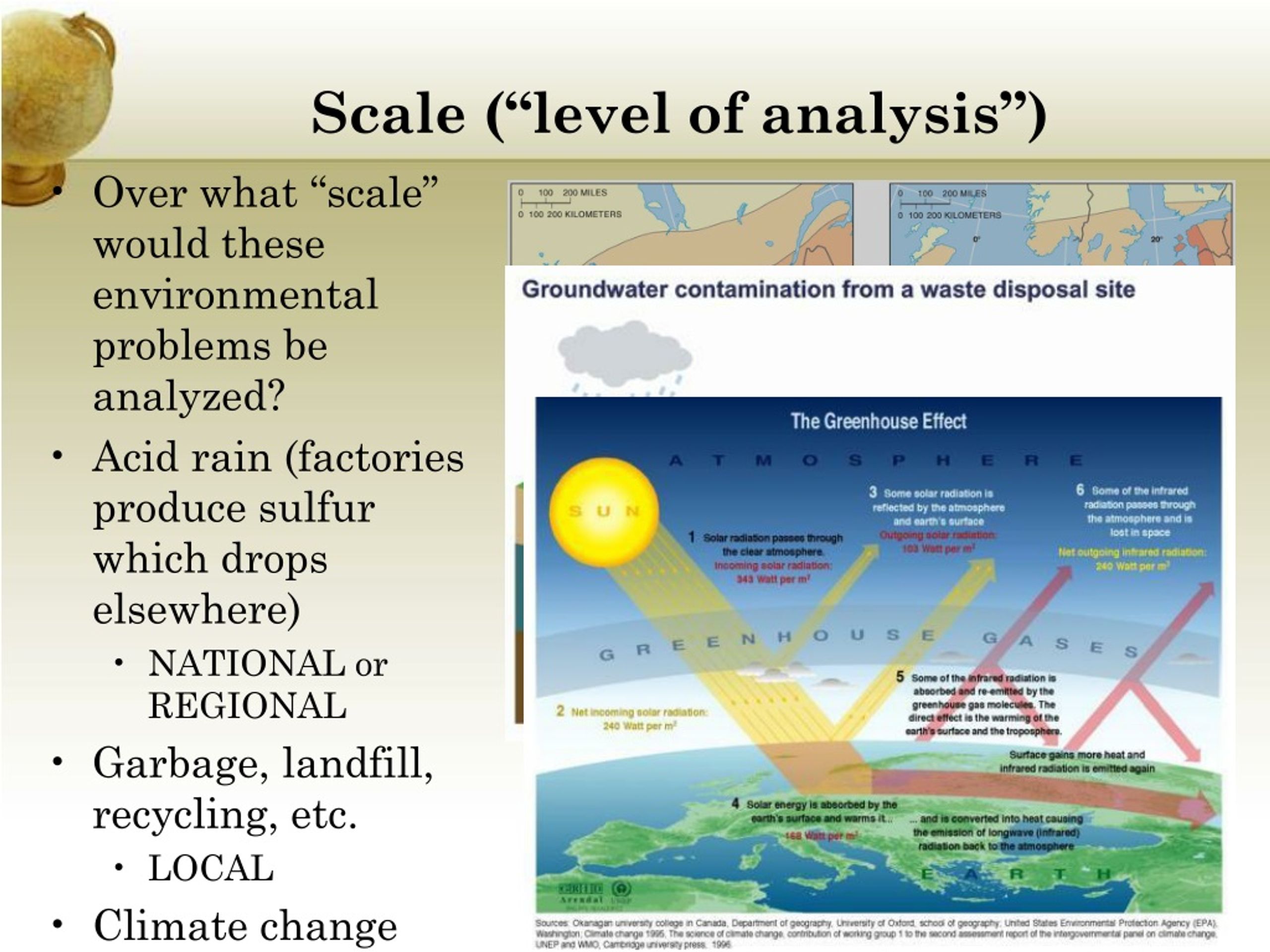
The concept of scale of analysis is fundamental to understanding how human geographers study the world. It influences the patterns and processes observed and subsequently shapes the conclusions drawn about social, economic, and environmental phenomena.
Scale of analysis, in essence, refers to the level of geographic resolution at which data is collected and analyzed. It dictates the scope of the study, determining whether the focus is on a local community, a region, a nation, or the entire globe. Understanding its implications is crucial for interpreting geographical research and making informed decisions based on spatial information.
Defining Scale of Analysis
At its core, scale of analysis in human geography concerns who and what is being studied, where the study takes place, and when the data was collected. The choice of scale has a direct impact on the patterns identified and the relationships that can be established.
Broadly, scale can be categorized into several levels, including individual, local, regional, national, and global. Each level provides a different perspective and reveals different aspects of the phenomenon under investigation. The choice of scale is not arbitrary; it is driven by the research question and the objectives of the study.
Local Scale
The local scale involves studying phenomena within a relatively small area, such as a city, neighborhood, or village. This scale allows for detailed analysis of specific issues, such as local economic development, community dynamics, or environmental degradation. Example: A study of food deserts within a particular urban area would be considered a local-scale analysis.
Researchers employing a local scale often utilize qualitative methods, such as interviews, ethnographic observations, and case studies. These methods allow for a nuanced understanding of the social and spatial processes shaping the local environment.
Regional Scale
The regional scale expands the scope of analysis to encompass larger areas, such as states, provinces, or groups of countries. This scale is useful for examining patterns and processes that operate across multiple localities. Example: Studying migration patterns within the Rust Belt region of the United States would be considered a regional-scale analysis.
At the regional scale, researchers often employ both quantitative and qualitative methods to understand the complex interactions between social, economic, and environmental factors.
National Scale
The national scale focuses on the analysis of phenomena within the boundaries of a single country. This scale is relevant for studying national policies, demographic trends, and economic disparities. Example: An analysis of healthcare access disparities across different states in India would be considered a national-scale analysis.
Data at the national scale is often readily available through census data, government reports, and other official sources. This allows for quantitative analysis of large datasets and the identification of national-level trends.
Global Scale
The global scale encompasses the entire world, allowing for the examination of global processes and interconnections. This scale is crucial for understanding issues such as climate change, globalization, and international migration. Example: A study of global supply chains would be considered a global-scale analysis.
Global-scale analyses often rely on international datasets from organizations such as the United Nations, the World Bank, and the International Monetary Fund. These datasets enable researchers to identify global patterns and assess the impact of global processes on different regions.
The Importance of Scale
The choice of scale can significantly affect the results and interpretations of a geographical study. What appears as a clear trend at one scale may disappear or even reverse at another. This phenomenon is known as the Modifiable Areal Unit Problem (MAUP), which highlights the sensitivity of statistical results to the scale and configuration of spatial units.
For instance, income inequality might appear to be decreasing at the national level, but a closer look at the local level could reveal widening disparities between neighborhoods. Failing to consider the scale of analysis can lead to misleading conclusions and ineffective policy recommendations.
Real-World Applications
Understanding scale of analysis is crucial in a wide range of fields, including urban planning, environmental management, and public health. For example, urban planners need to consider both local and regional scales when designing transportation networks.
Environmental managers use scale of analysis to assess the impact of pollution on ecosystems at different levels. Public health officials rely on scale to understand the spatial distribution of diseases and develop targeted interventions.
Furthermore, businesses utilize scale of analysis to identify market opportunities and optimize their operations. Retail companies, for instance, analyze demographics and consumer behavior at the local level to determine optimal store locations.
Conclusion
Scale of analysis is a fundamental concept in human geography that affects how we understand spatial phenomena. It emphasizes the importance of considering the geographic level at which data is collected and analyzed.
By understanding the implications of scale, researchers and practitioners can gain a more nuanced and comprehensive understanding of the world around us. Ultimately, this knowledge can lead to better decision-making and more effective solutions to complex social, economic, and environmental challenges.
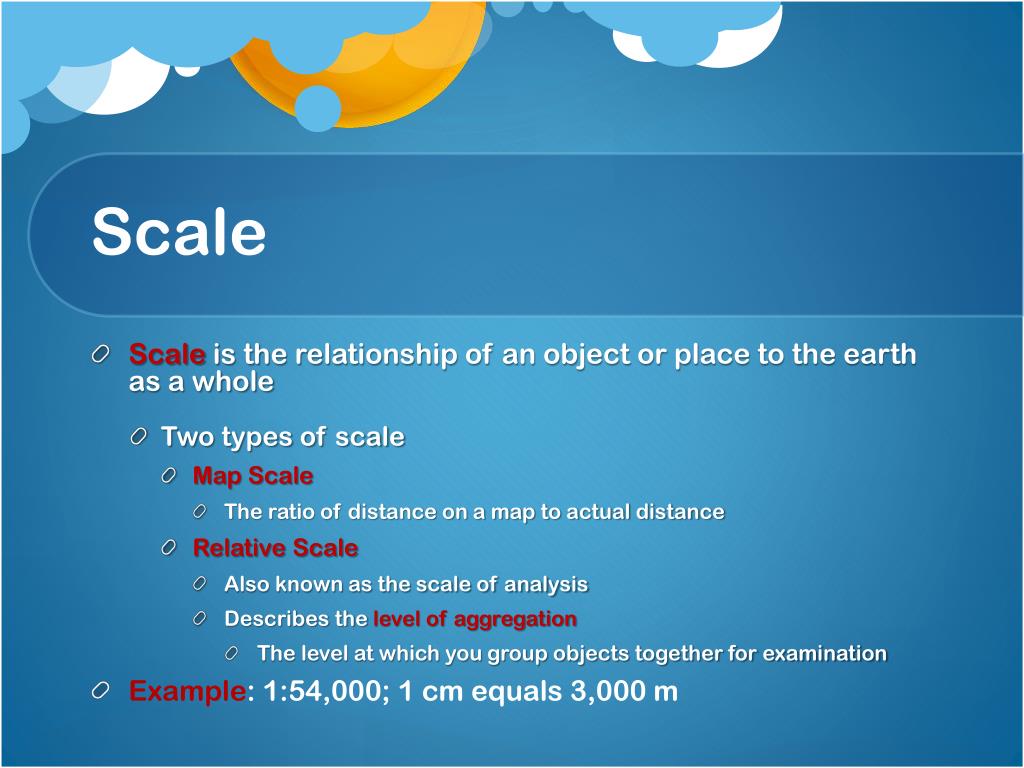
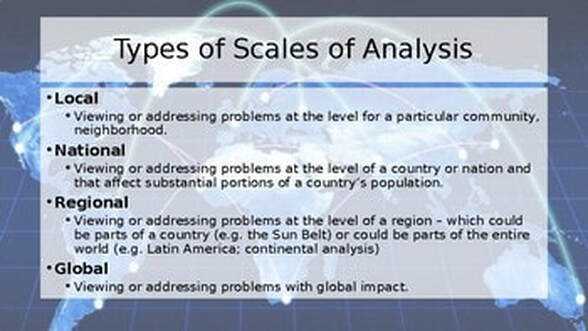

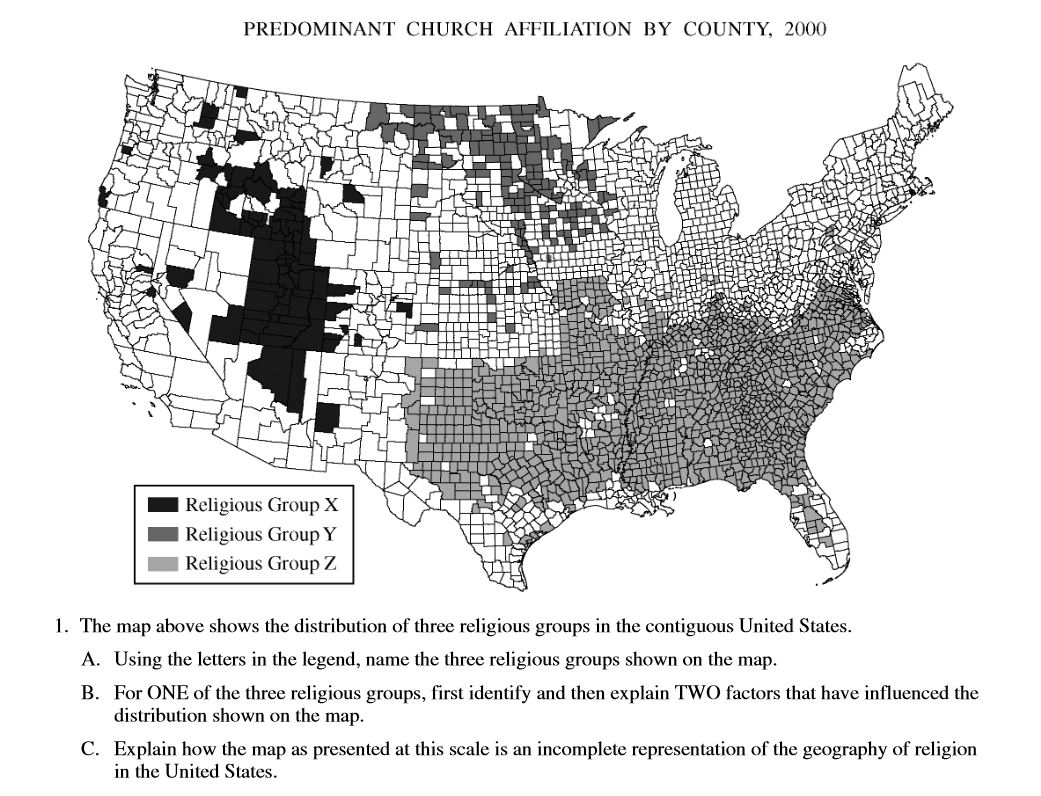


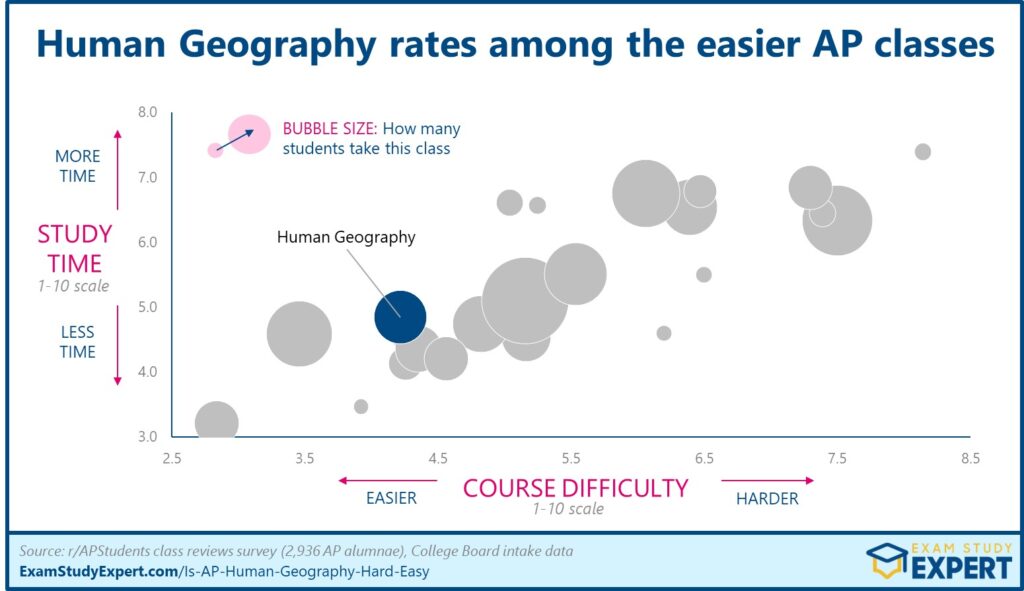

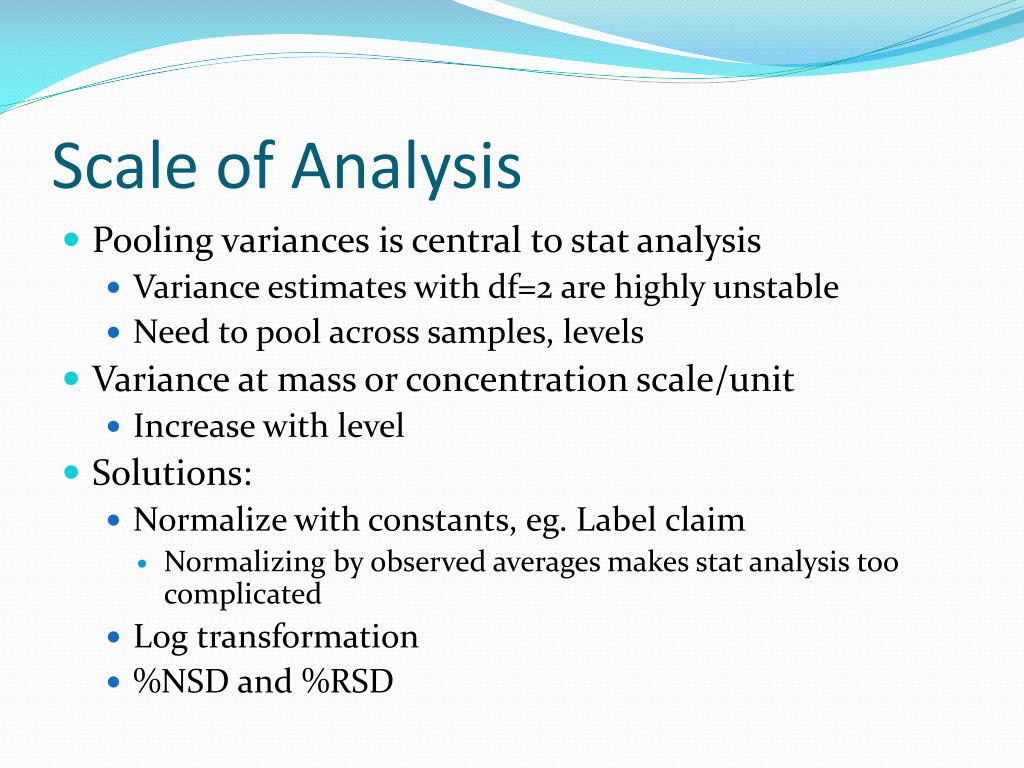
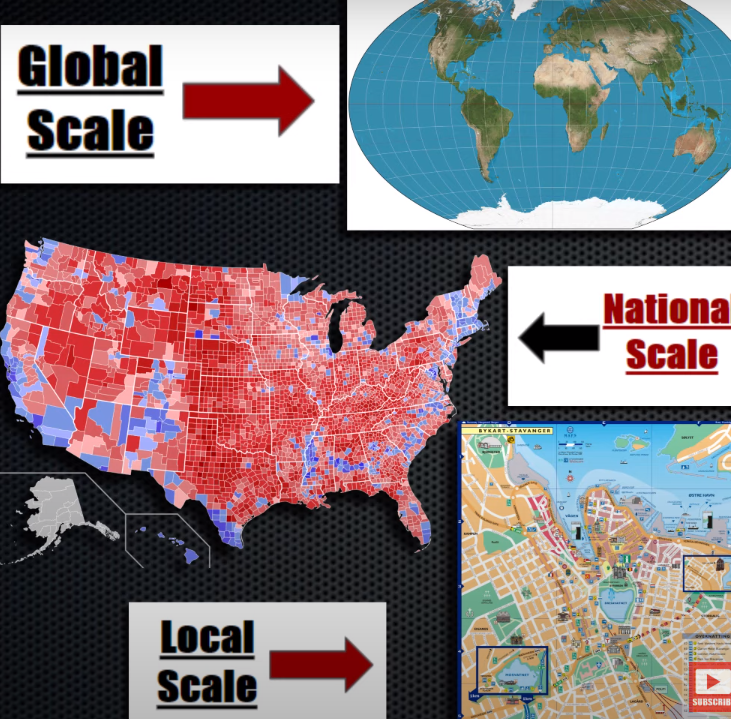


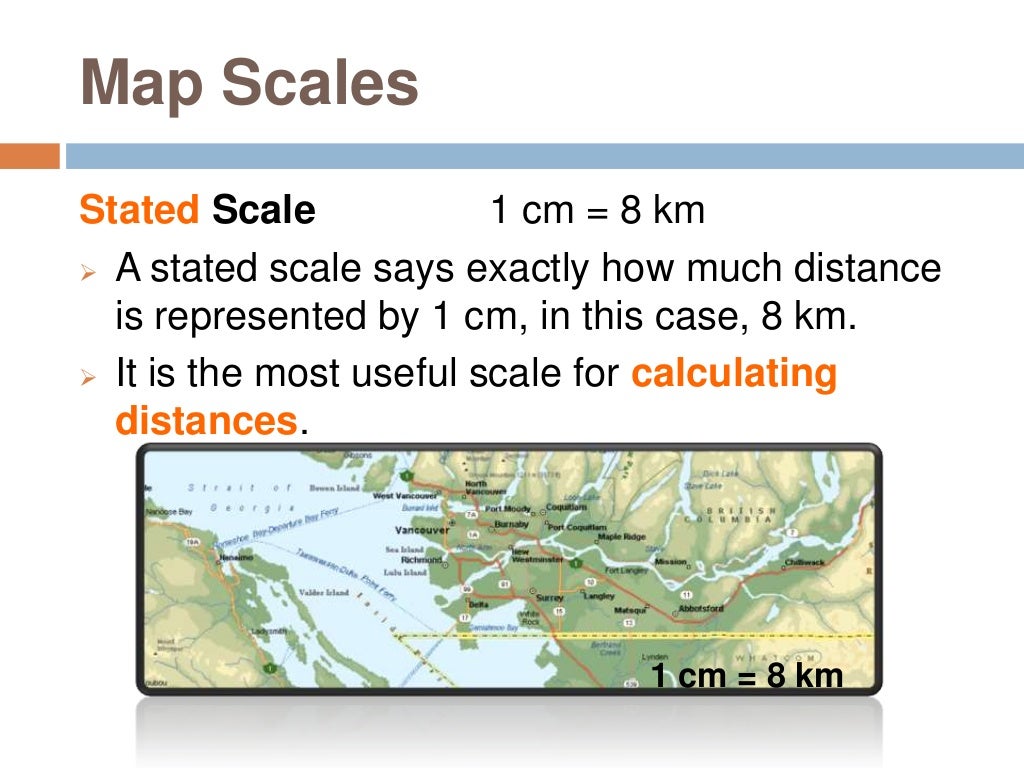
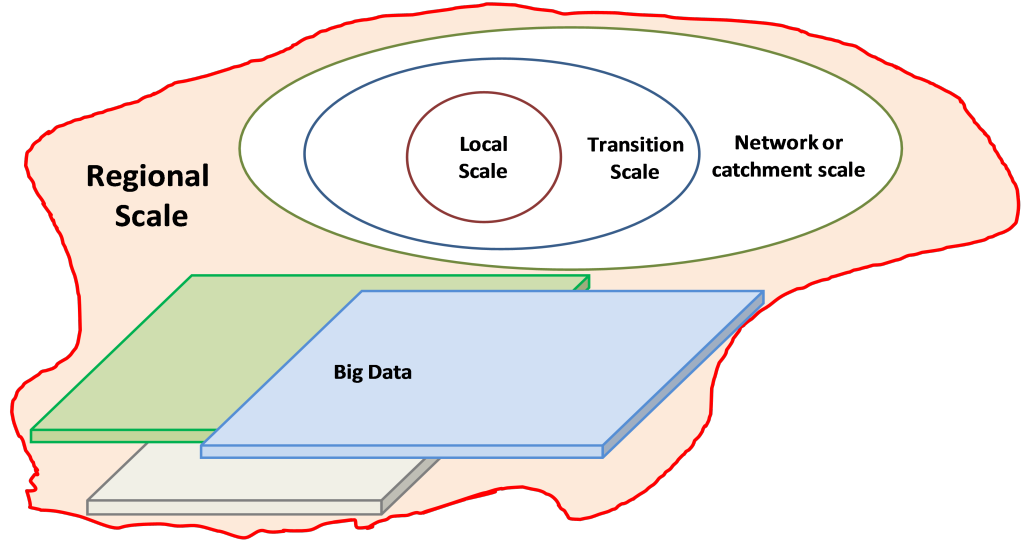
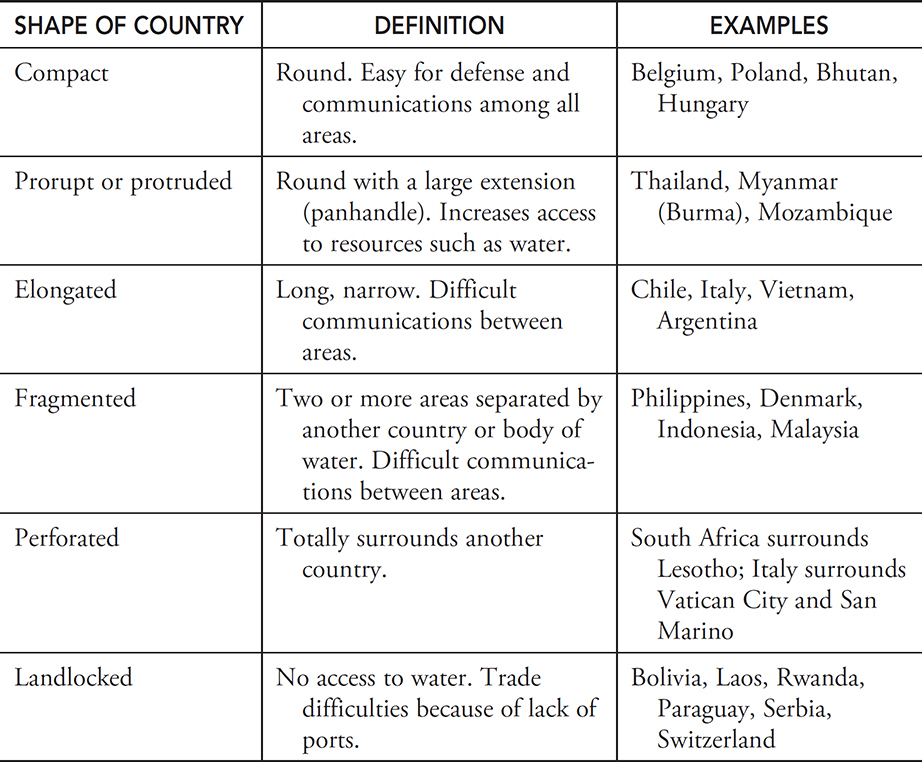
.jpg)


